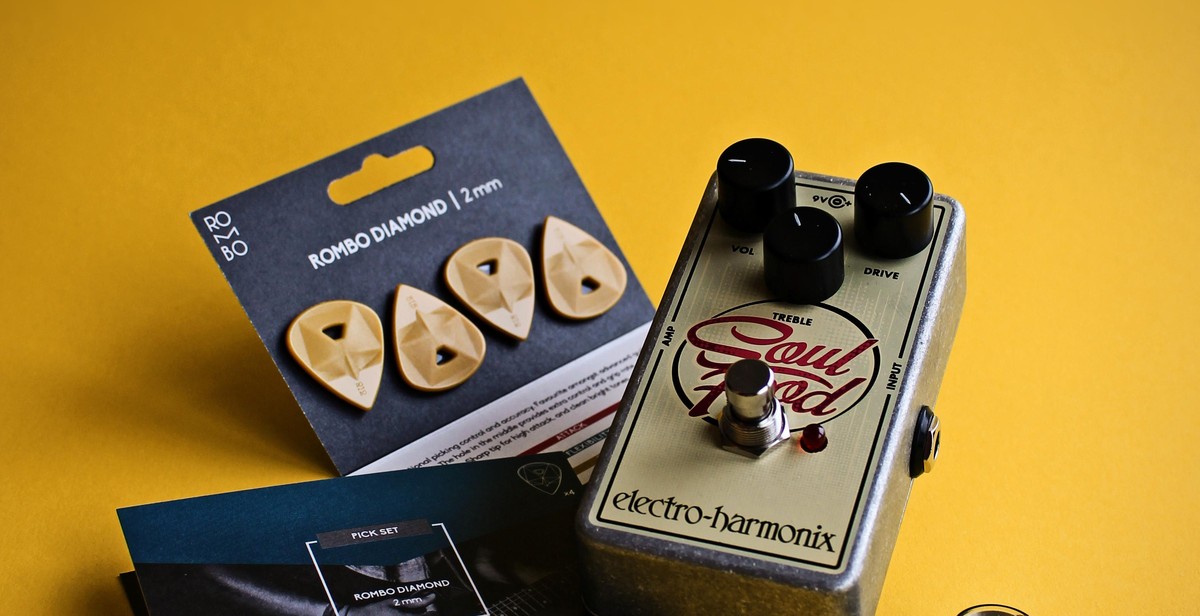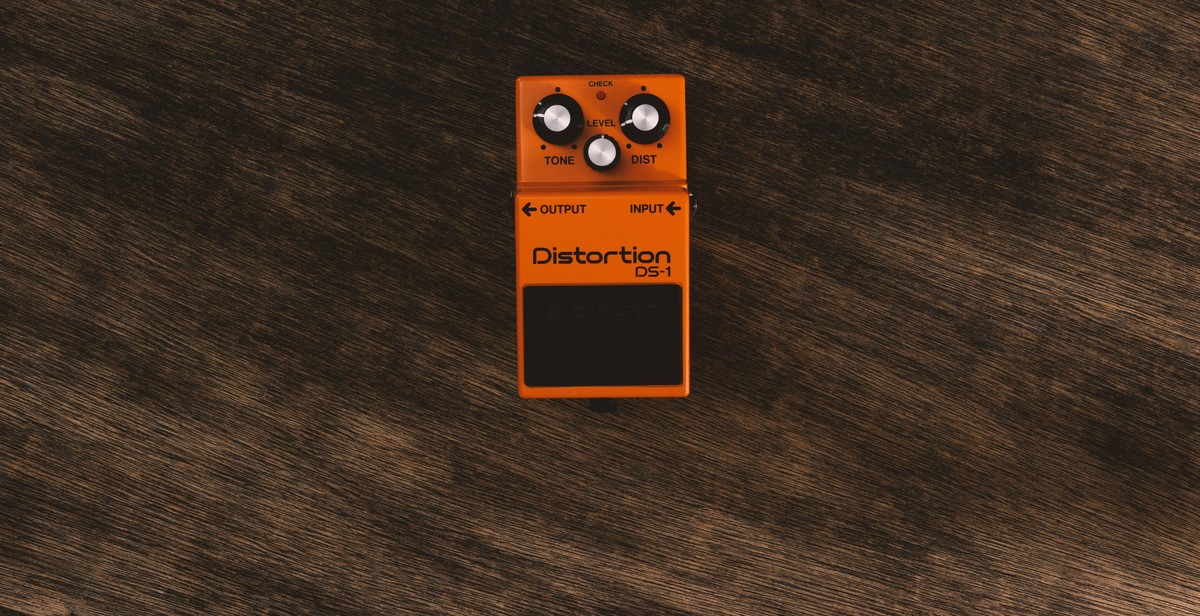How to Choose the Right Guitar Effects Pedals for Your Sound
Guitar effects pedals are an essential tool for any guitarist looking to create a unique and personalized sound. They allow you to modify and enhance your tone, adding depth, texture, and character to your playing. Whether you’re a beginner or a seasoned pro, choosing the right guitar effects pedals can make all the difference in achieving the sound you’re after.
Why Guitar Effects Pedals are Important
Guitar effects pedals offer a wide range of sonic possibilities, allowing you to create a sound that is uniquely your own. They can help you to achieve a variety of effects, such as distortion, overdrive, reverb, delay, chorus, and more. They can also help you to shape your tone, giving you control over the EQ and allowing you to fine-tune your sound to your liking.
Factors to Consider When Choosing Guitar Effects Pedals
When choosing guitar effects pedals, there are several factors to consider:
- Sound: Choose pedals that produce the sound you want. Experiment with different pedals to find the ones that work best for you.
- Budget: Pedals can range in price from affordable to very expensive. Consider your budget when choosing pedals.
- Features: Look for pedals with features that match your needs. For example, if you need a lot of control over your sound, look for pedals with multiple knobs or switches.
- Compatibility: Make sure the pedals you choose are compatible with your guitar and amp.
- Size: Consider the size of the pedals, especially if you plan to use several at once. Choose pedals that fit comfortably on your pedalboard.
By taking these factors into consideration, you can choose the right guitar effects pedals to create the sound you want and enhance your playing experience.

Types of Guitar Effects Pedals
Guitar effects pedals are used to manipulate the sound of an electric guitar. They can be used to create a variety of sounds, from clean and subtle to distorted and heavy. There are many different types of guitar effects pedals, each with its own unique sound. In this section, we’ll take a closer look at some of the most popular types of guitar effects pedals.
Distortion Pedals
Distortion pedals are used to add distortion to the guitar’s sound. They can create a range of sounds, from a slight crunch to a heavy, distorted sound. Distortion pedals are popular with rock and metal guitarists, as they can add a lot of power and aggression to the sound. Some popular distortion pedals include the Boss DS-1, the Pro Co Rat, and the MXR Distortion +.
Overdrive Pedals
Overdrive pedals are similar to distortion pedals, but they create a more natural, tube-like distortion. They are popular with blues and classic rock guitarists, as they can add a warm, vintage sound to the guitar’s sound. Some popular overdrive pedals include the Ibanez Tube Screamer, the Fulltone OCD, and the Boss SD-1.
Fuzz Pedals
Fuzz pedals are similar to distortion pedals, but they create a much more extreme, fuzzy sound. They are popular with garage rock and psychedelic guitarists, as they can create a chaotic, unpredictable sound. Some popular fuzz pedals include the Big Muff Pi, the Fuzz Face, and the Tone Bender.
Delay Pedals
Delay pedals are used to create an echo effect. They can create a range of sounds, from a subtle slapback effect to a long, repeating echo. Delay pedals are popular with a variety of guitarists, as they can add depth and dimension to the guitar’s sound. Some popular delay pedals include the Boss DD-7, the TC Electronic Flashback, and the MXR Carbon Copy.
Reverb Pedals
Reverb pedals are used to create a sense of space and depth. They can simulate the sound of a large room, a hall, or a cathedral. Reverb pedals are popular with a variety of guitarists, as they can add a sense of atmosphere to the guitar’s sound. Some popular reverb pedals include the Electro-Harmonix Holy Grail, the Strymon Big Sky, and the TC Electronic Hall of Fame.
Chorus Pedals
Chorus pedals are used to create a swirling, shimmering sound. They can create a range of sounds, from a subtle chorus effect to a thick, lush sound. Chorus pedals are popular with a variety of guitarists, as they can add a sense of movement and texture to the guitar’s sound. Some popular chorus pedals include the Boss CH-1, the MXR M234, and the TC Electronic Corona.
Flanger Pedals
Flanger pedals are similar to chorus pedals, but they create a more intense, sweeping sound. They are popular with a variety of guitarists, as they can create a unique, otherworldly sound. Some popular flanger pedals include the Electro-Harmonix Electric Mistress, the MXR M117R, and the Boss BF-3.
Phaser Pedals
Phaser pedals are used to create a swirling, phase-shifting sound. They are popular with a variety of guitarists, as they can create a unique, spacey sound. Some popular phaser pedals include the MXR Phase 90, the Electro-Harmonix Small Stone, and the Boss PH-3.
Wah Pedals
Wah pedals are used to create a vocal-like, wah-wah sound. They are popular with a variety of guitarists, as they can create a dynamic, expressive sound. Some popular wah pedals include the Dunlop Cry Baby, the Vox V847, and the Morley Bad Horsie.
Octave Pedals
Octave pedals are used to add an octave above or below the guitar’s sound. They can create a range of sounds, from a subtle thickening effect to a heavy, synth-like sound. Octave pedals are popular with a variety of guitarists, as they can create a unique, experimental sound. Some popular octave pedals include the Electro-Harmonix POG2, the Boss OC-3, and the MXR Bass Octave Deluxe.

How to Choose the Right Guitar Effects Pedals for Your Sound
If you’re a guitarist, you know that the right effects pedals can make all the difference in your sound. But with so many options available, it can be overwhelming to choose the right ones for your style and budget. Here are some tips to help you make the right choices:
Identify Your Sound
The first step in choosing the right effects pedals is to identify the sound you want to achieve. Do you want a clean, classic sound or something more distorted and edgy? Are you looking for a specific tone or vibe? Once you know what you want, you can start looking for pedals that will help you achieve that sound.
Consider Your Playing Style
Your playing style will also play a role in the effects pedals you choose. If you’re a lead guitarist, you may want to focus on pedals that will help you stand out in the mix. If you’re a rhythm guitarist, you may want pedals that will help you create a fuller, more layered sound.
Think About Your Budget
Effects pedals can range from affordable to very expensive. Before you start shopping, decide on a budget that works for you. Keep in mind that you don’t need to buy all of your pedals at once. You can start with a few basics and add to your collection over time.
Research and Try Out Pedals
Once you have a better idea of what you’re looking for, start researching different pedals. Read reviews, watch demos, and talk to other guitarists about their experiences. When possible, try out pedals before you buy them. This will give you a better idea of how they sound and how they work with your gear.
Consider the Pedal’s Features
Finally, when choosing effects pedals, consider the features they offer. Some pedals have multiple settings and modes, while others are more straightforward. Look for pedals that offer the features you need to achieve your desired sound.
By following these tips, you can choose the right effects pedals to enhance your sound and take your playing to the next level.
